It can be really hard to
SELF LOVE
when you don’t much
SELF LIKE. . .
It’s been three years since we have
SHELTERED IN PLACE
and literally defined what
LONELINESS
is or now
will forever be defined
d i f f e r e n t l y. . .
 REARVIEW MIRROR LIVING
REARVIEW MIRROR LIVING
always shows a little more than what
the Windshield can ever reveal
at first glance. . .
N O W
there’s some studies and evidence-based-data
that’s coming out and showing
what these past three years have
caused/done/begun in us
Self-Love Is Making Us Lonely
Extolled by politicians and pop stars alike, it seems like everyone is talking about self-love these days. In a Vogue make-up tutorial, Alexandria Ocasio-Cortez explains that loving yourself is “the one foundation of everything.” Nicole LaPera, the clinical psychologist behind the popular Instagram account, @theholisticpsychologist, tells her 6.4 million followers, “Self-love is our natural state.” And in her most recent chart-topping hit, “Flowers,” Miley Cyrus sings proudly, “I can love me better than you can.”
Self-love has become the core tenant of modern wellness culture, with the promise that what follows self-love is good health and freedom. In her book, The Self-Love Experiment, author Sharon Kaiser claims, “Whether you want to achieve weight loss, land your dream job, find your soulmate, or get out of debt, it all comes back to self-love and accepting yourself first.”
At this point, it doesn’t feel like much of a stretch to say that the self-love phenomenon is bordering on a societal obsession. The question is: why?
Today, we live in a climate where needing help can evoke shame and embarrassment, where cut-throat competition takes precedence over compassionate collaboration, and where self-sufficiency is celebrated as the ultimate achievement. To navigate the harsh terrain of radical individualism, self-love has emerged as our tool for survival. But it can come at a cost, especially when the type of self-love we turn to is the kind that has been manipulated by corporate ad campaigns and social media. In its commodified form, self-love is not really self-love at all; instead, it’s more like self-sabotage, convincing us to hyperfocus on ourselves at the expense of connecting with others.
While the exact origin of self-love remains unclear, one of the first psychologists to address the concept was Eric Fromm. In his 1956 book, The Art of Loving, he wrote, “Love of others and love of ourselves are not alternatives. On the contrary, an attitude of love toward themselves will be found in all those who are capable of loving others.” For Fromm, self-love operated as a necessary condition for relating with our fellow humans.
Going back further in history, we see other cultures referring to self-love as a channel for connection. In Ancient Greece, Aristotle claimed that self-love in its most virtuous form serves as a model for how we should love our friends. In the 13th century, Sufist poet Rumi wrote of the importance of recognizing the divine within oneself to feel one with the greater universe. And the ancient Buddhist practice of Metta, or loving-kindness meditation, involves practitioners directing love inwards so that they can then extend love outwards.
The self-love many of us have grown accustomed to today, however, veers from its authentic origin. Chewed up and spit out by toxic consumerism, it has been drained of its relational potential. Instead, it is often used by corporations and influencers alike to sell products and keep people hyper fixated on themselves. It is a force of isolation, rather than attachment.
When we take a moment to consider the culture we’re living in, where loneliness rates are at unprecedented highs, touch deprivation is a serious concern, and polarizing animosity has replaced empathic connection, it begins to make sense why we’ve sought refuge in self-love. To survive in our fractured world, we’ve been left with little choice but to turn inwards for affection.
Study after study shows that we’re living inside of a growing loneliness epidemic. In a recent survey conducted by Cigna, researchers found that almost 80% of adults from the ages of 18 to 24 reported feeling lonely. In 2018, even before the start of COVID-19 pandemic, one study showed that 54% of Americans felt like no one in their life knew them well.
Dr. Dan Siegel, clinical professor of psychiatry at the UCLA School of Medicine, attributes such jarring isolation to what he calls our “culture of separation.” In his latest book, Intraconnected, Seigel writes that our society “emphasizes separation rather than connection, independence rather than interdependence, individuality rather than a shared identity.” Ultimately, our prevailing cultural emphasis on excessive autonomy and self-reliance has engendered a society rife with disconnection.
We can see examples of this on social media, where it is common for women to be bombarded—under the guise of self-love and self-care—with advertisements for Botox and pilates machines, advanced skin care wands and organic hair growth serums. Such products don’t serve to bring women closer together; instead, they promote self-preoccupation, negative social comparison, and rattling insecurity.
Influencer culture, as another example, keeps the lines blurred between self-love and self-involvement. Narcissism is not only normalized, but rewarded by likes, follows, and corporate sponsorships. This, of course, comes at the detriment of influencers and followers alike, as both report experiencing a diminishment in psychological well-being.
When self-love becomes entangled with self-absorption and materialism, serious consequences emerge for our collective mental health. Studies show that too much focus on oneself is associated with anxiety and depression. Past research has also documented the vicious feedback loop of consumption and loneliness: When we purchase material possessions (even in the name of self-love), we surprisingly feel lonely, so we try and soothe ourselves through buying more, but this only makes us feel worse. This takes a toll on our health, as loneliness has been linked to increased inflammation, heart disease, and even premature death.
Self-love is a powerful tool; it can be used for good or bad, for connection or disconnection. And at a time of such immense social fragmentation, we need to cultivate the kind that brings us together. So how exactly do we do this?
Primarily, it requires introspection. We can know we’re practicing healthy self-love when we feel connected to our bodies and our communities. There are many iterations of what this may look like. Perhaps we choose to prioritize rest and replenishment one night so that we can be more engaged the next time we see our friends. Or maybe we decide to quit our high stress job, so that we can stop neglecting our needs and spend more time with the people and places we enjoy. True self-love not only bolsters our capacity for connection, but it also helps us become an actualized version of ourselves.
On the other hand, self-love through the warped filter of radical individualism tends to make us feel alienated, disconnected, and stuck in our own heads. This looks like buying a “self-care” product that causes us to ruminate on our appearance or justifying our anxious avoidance of meaningful social commitments through the co-opted language of self-compassion. It’s vital, then, that we begin actively recognizing when more nefarious forces are being disguised and packaged to us as self-love, and when we, ourselves, are consciously or unconsciously buying into them.
Our culture of separation carries a strong current. It’s easy to get pulled in, to become swept away by its riptide. But if we can achieve the balance between caring for ourselves and caring for others, real self-love may just very well be our life raft.
It can be really hard to
SELF LOVE
when you don’t much
SELF LIKE. . .
(but just remember)
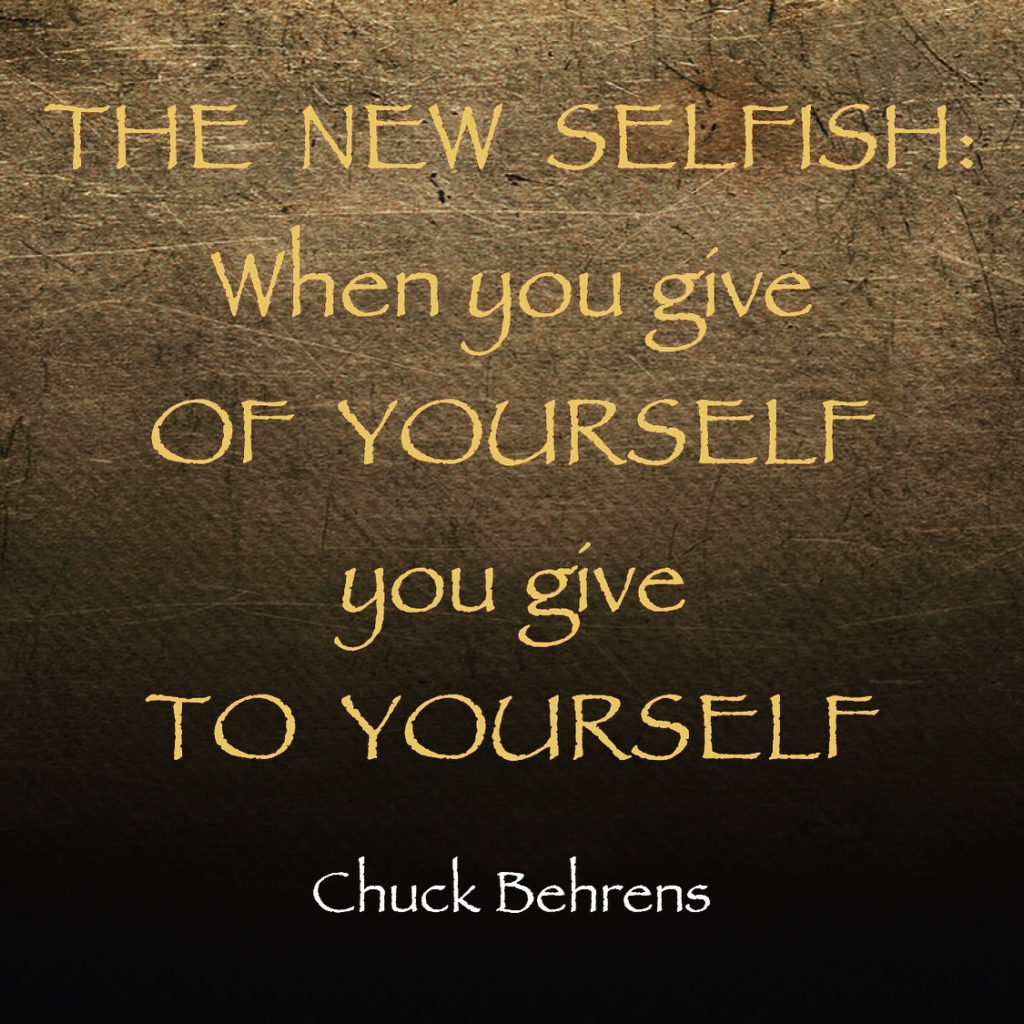
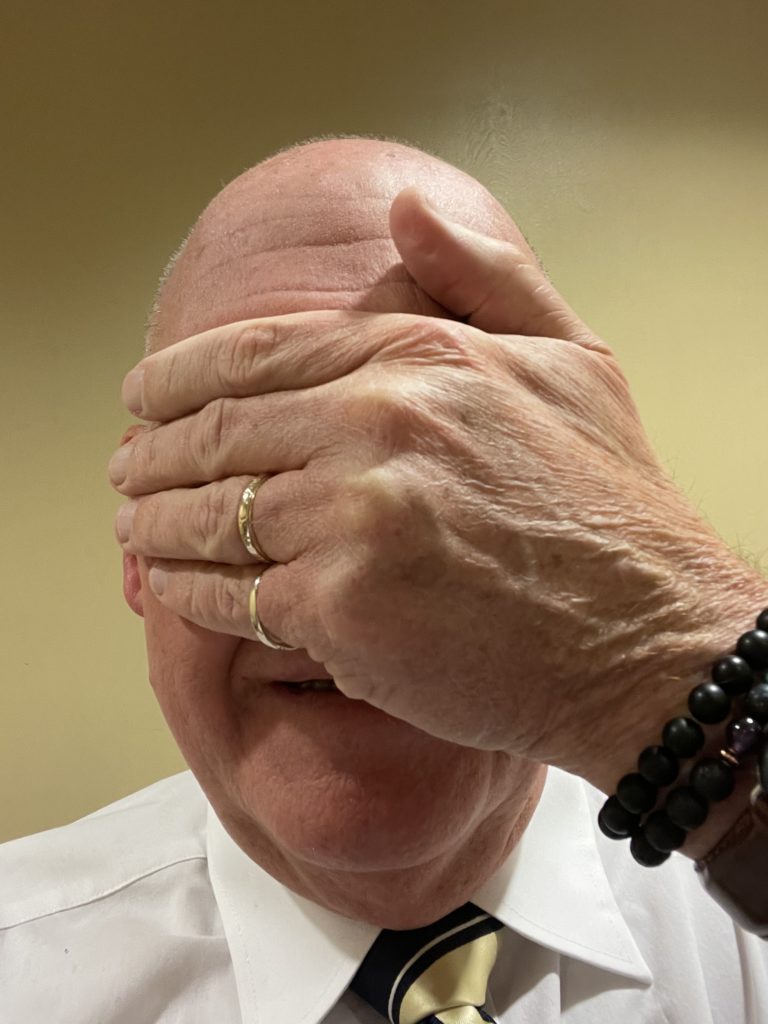







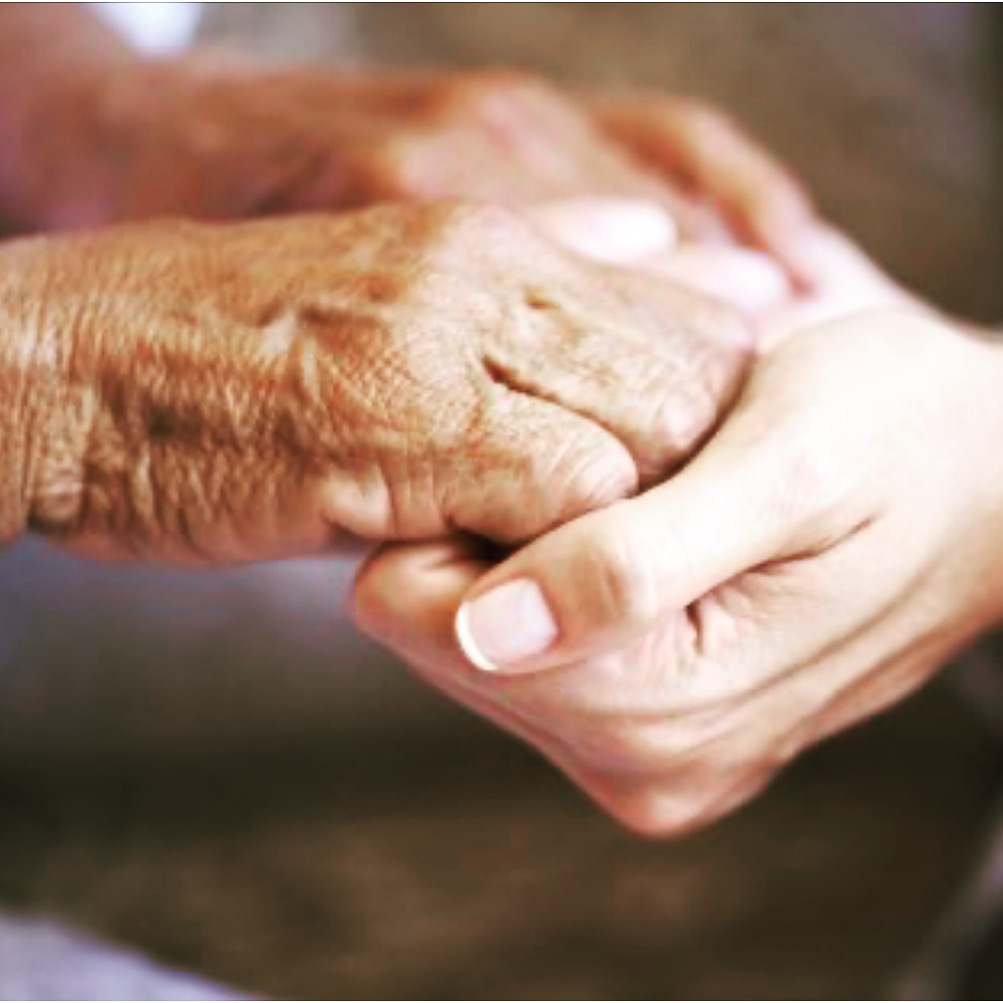









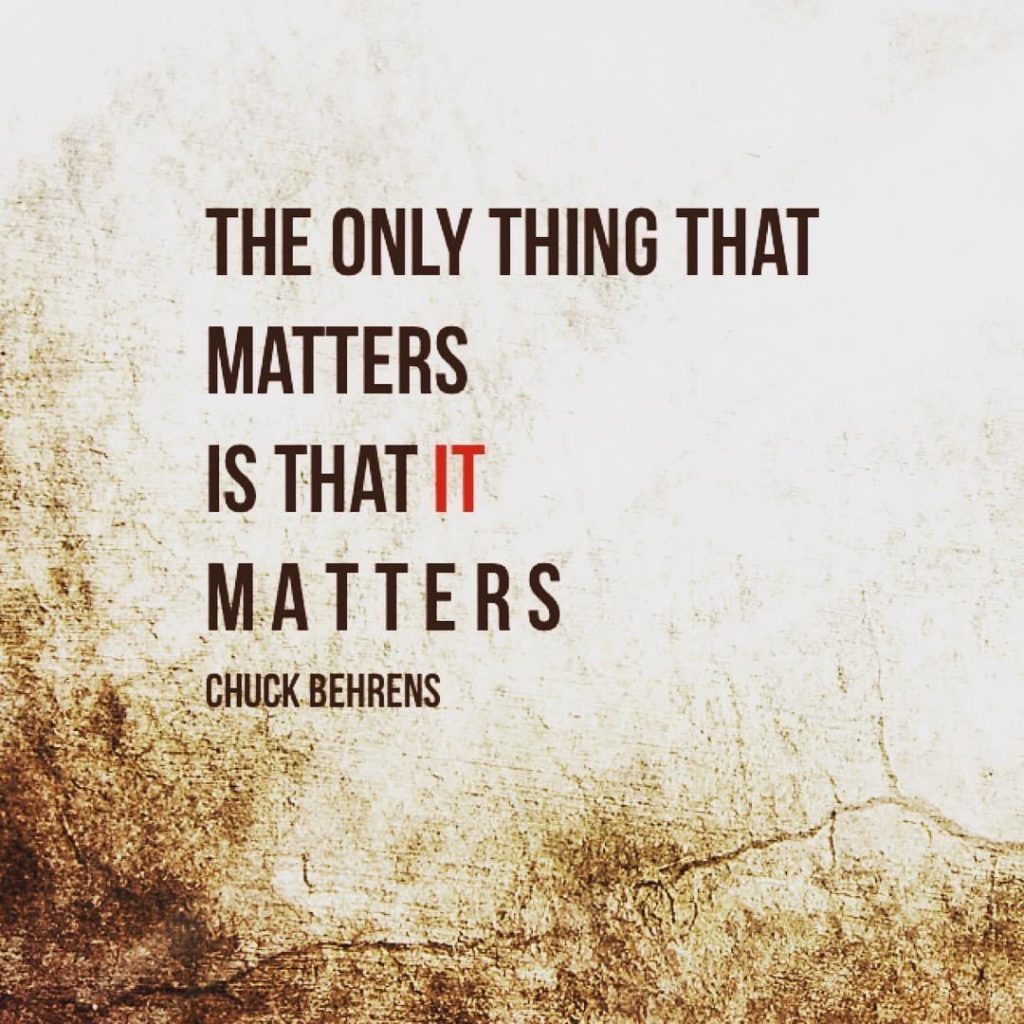
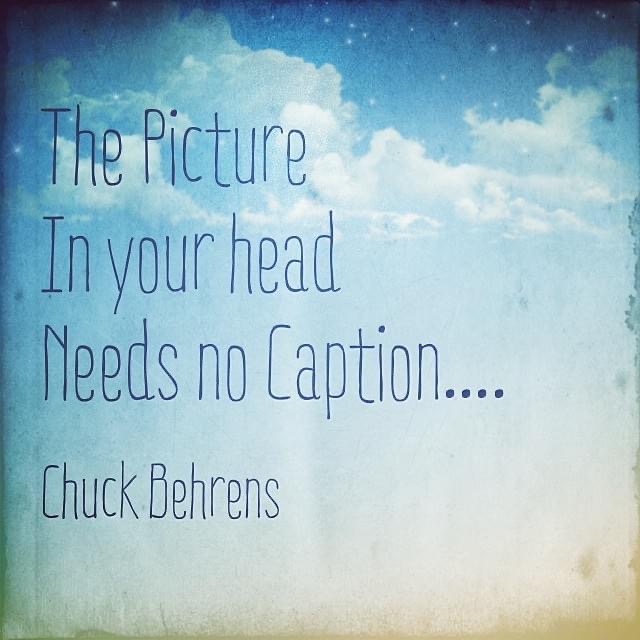
 When it comes to
When it comes to